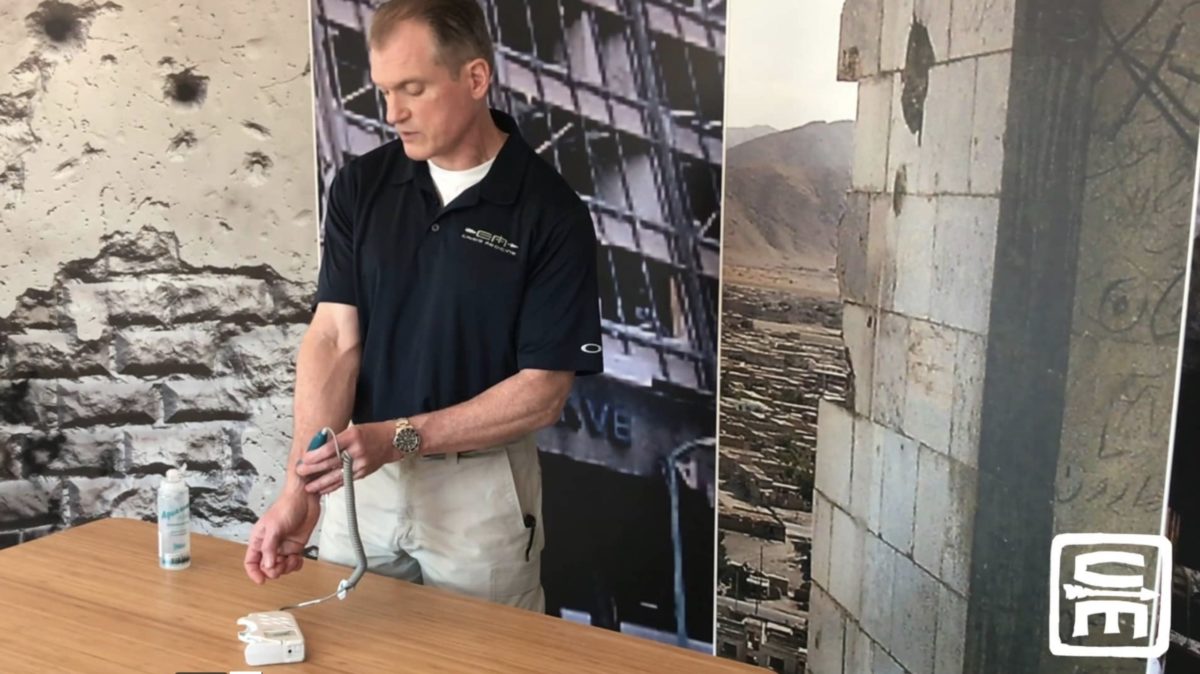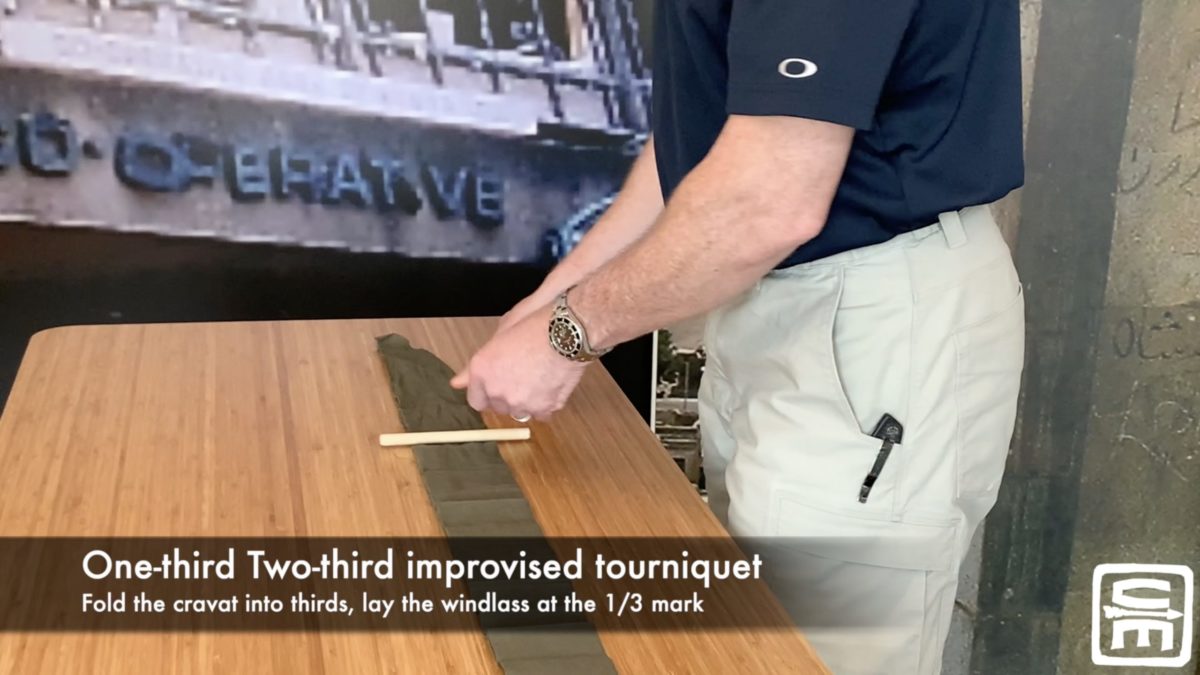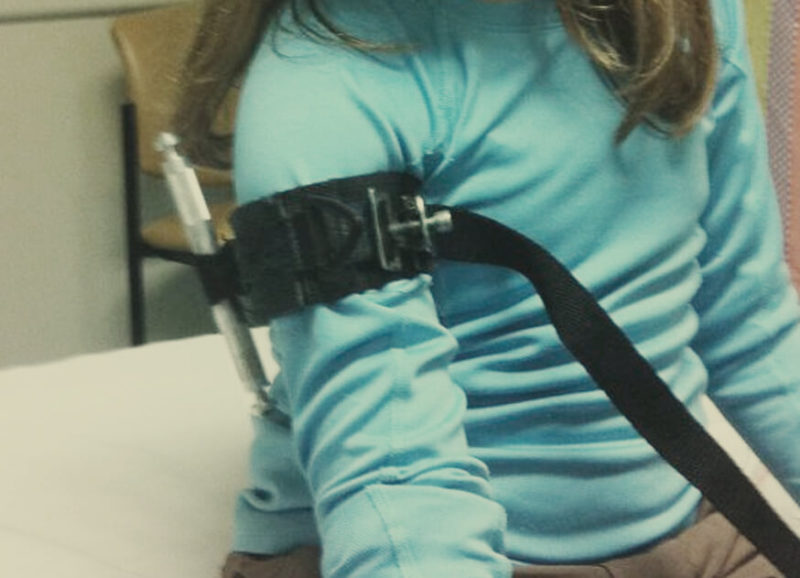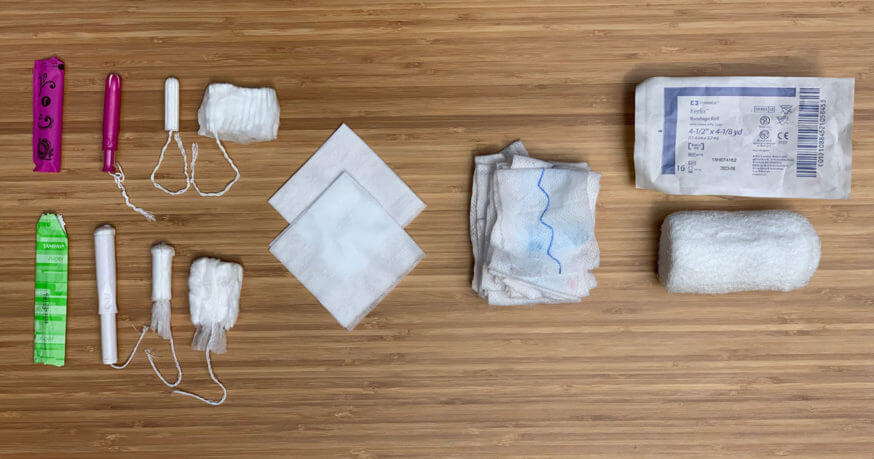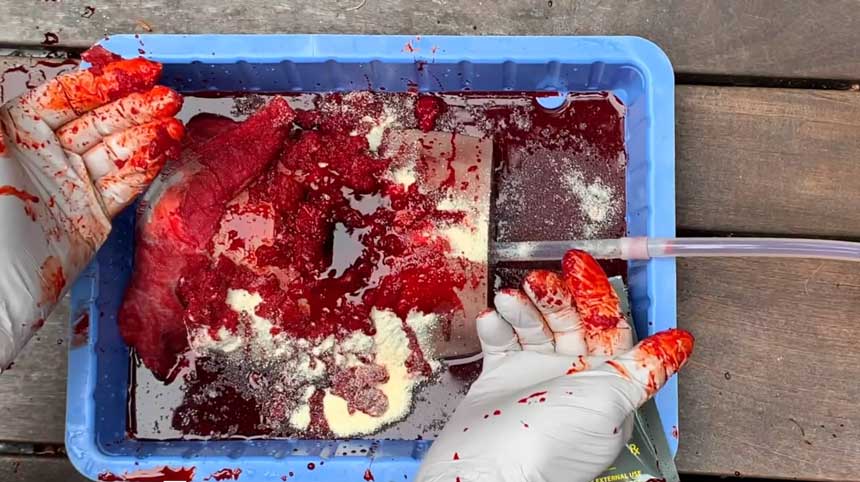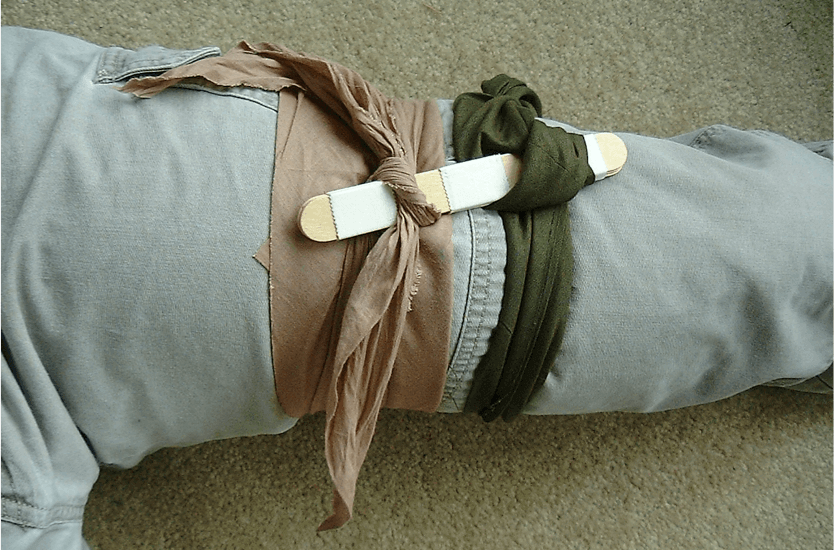🕖 Reading Time, 3 minutes A doppler ultrasound is a non-invasive device that uses high-frequency sound waves to estimate the amount of blood flow through your arteries and veins, usually those that supply blood to your arms and legs. A …
Massive hemorrhage is the leading cause of preventable death from injuries.
How much blood loss is too much?
In December 1970, the US military published data on 7,800 soldier and Marine casualties from the conflict in Vietnam. In that data, specifically 10% of combat fatalities were from extremity hemorrhage. This dataset would later form the first TCCC guidelines in 1996. With the widespread adoption of tourniquets by the US. Military in the early 21st Century, death from massive extremity hemorrhage is now unusual in combat. This improvement has lead to greater awareness of massive hemorrhage from “junctional areas” like the neck, axilla/armpit, and groin, areas not amenable to circumferential tourniquet placement. To be facile at controlling massive hemorrhage, wound packing is a needed but often neglected skill set.
🕖 Reading Time, 3 minutes A few months ago I was shown a new technique for an improvised tourniquet. Unlike the traditional military cravat improvised tourniquet that requires two cravats, this new technique only requires one. However, we have some …
🕖 Reading Time, 5 minutes Jacob Hall, 6 years old, died of a femoral artery laceration after being shot by a 14-year-old while he was at recess at his school. Another student and a teacher were wounded. Would a tourniquet …
🕖 Reading Time, 6 minutes Recently we posted a video outlining the challenges of using hemostatic granules as compared to gauze. In response, we were surprised by how many people advocated for tactical tampons to control massive hemorrhage in a …
🕖 Reading Time, 1 minutes We recently discovered “active shooter kits” being marketed to agencies and schools containing granular hemostatic agents. Granular or powdered hemostatic agents fell out of favor over ten years ago as they “wash out” of actively …
🕖 Reading Time, 4 minutes Critics of improvised tourniquets say they are ineffective. Some claim, “if you’re planning to improvise, you’re planning to fail.” We disagree with this statement. Proper planning includes having a primary plan, in this instance a …

